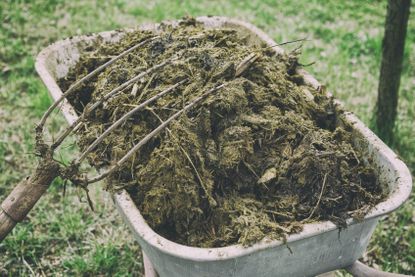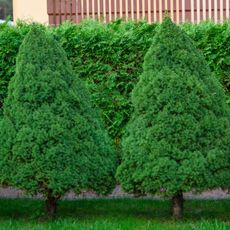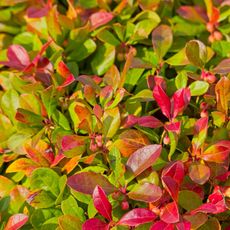Best Manure For Gardens – What Are Different Types Of Manure


Adding nutrients to the landscape is an important part of land stewardship. Manure is one soil amendment that can help return those nutrients and juice up the soil, making it an effective growing medium for the next season's crops. There are pros and cons of using manure as an amendment. The different types of animal manure have different levels of macro-nutrients and, therefore, must be adequately composted for effective use and used at different rates to prevent damaging plants with too much of one nutrient or another.
Is Manure Good or Bad?
What are different types of manure? Domestic pets and livestock can all contribute to manure for the garden, but each has a specific manner in which it should be handled for the health of your garden (and you in some cases). Manure is simply the waste products of animals that have been composted to remove any pathogens and break it down for quicker uptake by plants. Uncomposted manures must be used with caution, as they take longer to break down and may contain weed seeds or diseases that can be passed into your landscape. Using manure as a fertilizer has probably been around since the early days of cultivation. Manures are a rich source of nitrogen as well as other nutrients. Since manure is a waste product, it must be used carefully. Raw manures may be used, but there is odor associated with unbroken down waste, as well as the flies that it attracts. Among the pros and cons of using manure that is raw is that it be too "hot," which means its concentration of nutrients may be too high for plants and burn them. Raw manures can also make plants grow too fast, leaving them thin and leggy and inhibit germination. If you do use raw manure, apply it late in the season so the waste has time to break down before the next season's planting.
What are Different Types of Manure?
Manure comes from any animal, but it isn't all created equal. In order to kill any seeds and break down effectively, it needs to reach a temperature of at least 140 degrees Fahrenheit (60 C.) for a sustained time. The times vary dependent upon the different types of animal manure. For instance, any cat feces or dog manure must compost for at least two years and cannot be applied directly to food crops. Human manure, or humanure, should never be used in the landscape. Drugs, diseases, and many more potential problems are harbored in our waste and only professional composters possess the tools and knowledge to adequately and safely compost human waste. Traditional domestic livestock manures also contain varying amounts of nutrients and should be used at different times and in different ways. The most common types of manure used in gardening are:
Since manures contain different levels of nutrients, they need to be carefully applied to those plants that need the higher nutrient available.
- Ideally, the best manure for gardens is probably chicken, since it has a very high content of nitrogen, a need all plants have, but it must be composted well and aged to prevent burning plants. Chicken manure is a rich source of nutrients and is best applied in fall or spring after it has had a chance to compost.
- Similarly, cow manure, which has a 0.5-0.2-0.4 ratio, is composted beforehand for better results.
- Sheep manure has a high nitrogen content but lower ratio in the other macro-nutrients; however, its pellet size makes it a quick waste to compost.
- Horse manure takes longer and has similar content to cow manure but its larger size and the weed seeds the animal digests means it takes much longer to age and compost.
The best manure for gardens really depends upon what you can get your hands on easily. Any of the common varieties can be beneficial to soil. Just remember to allow the manure to compost fully for at least 6 months or longer, or add it raw, and till it into the soil at least a season prior to planting.
Gardening tips, videos, info and more delivered right to your inbox!
Sign up for the Gardening Know How newsletter today and receive a free download of our DIY eBook "Bring Your Garden Indoors: 13 DIY Projects For Fall And Winter".

Bonnie Grant is a professional landscaper with a Certification in Urban Gardening. She has been gardening and writing for 15 years. A former professional chef, she has a passion for edible landscaping.
-
 Try These 5 Types Of Spruce Trees – Easy Ways To Add Evergreen Beauty To Every Garden
Try These 5 Types Of Spruce Trees – Easy Ways To Add Evergreen Beauty To Every GardenYou might not have the largest yard or plot, but that doesn’t mean you can’t grow the mighty spruce. These 5 types of spruce trees are very adaptable to different spaces
By Teo Spengler
-
 Holiday Evergreen Plants: 9 Unique Evergreens For Holiday Cheer That Can Last All Year!
Holiday Evergreen Plants: 9 Unique Evergreens For Holiday Cheer That Can Last All Year!Not all holiday evergreen plants conform to the traditional standard, so get ready to broaden your mind and brighten your festive spirits with these unique holiday evergreens
By Janey Goulding